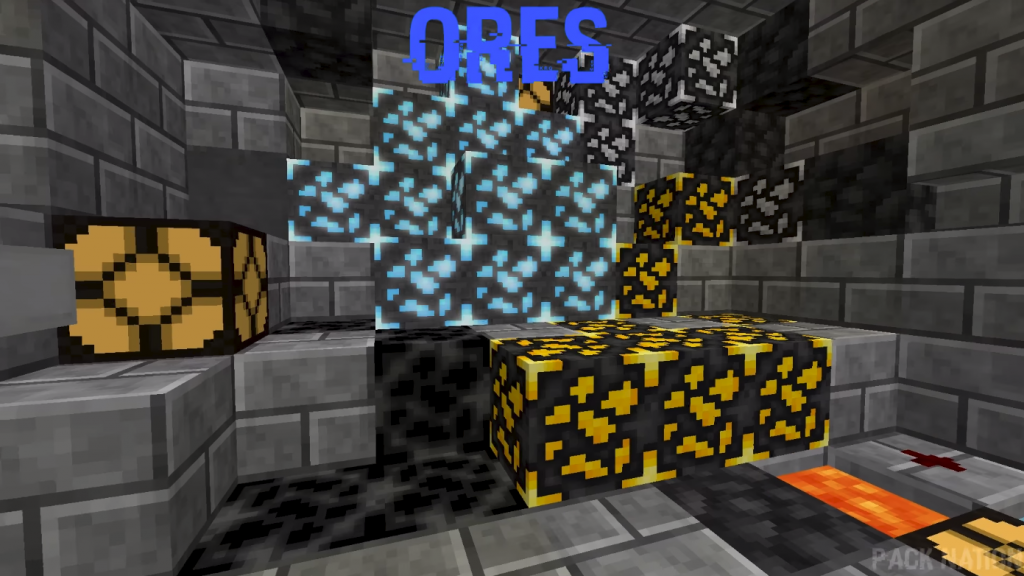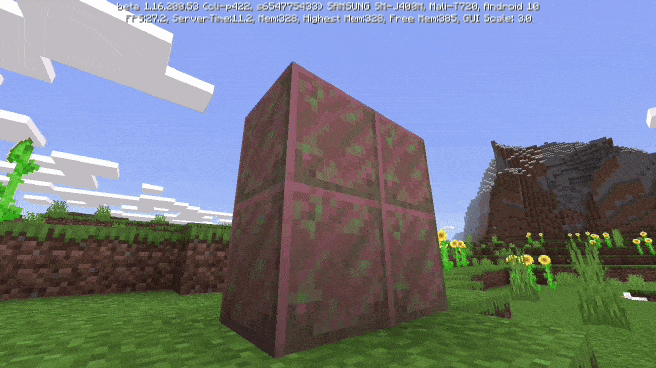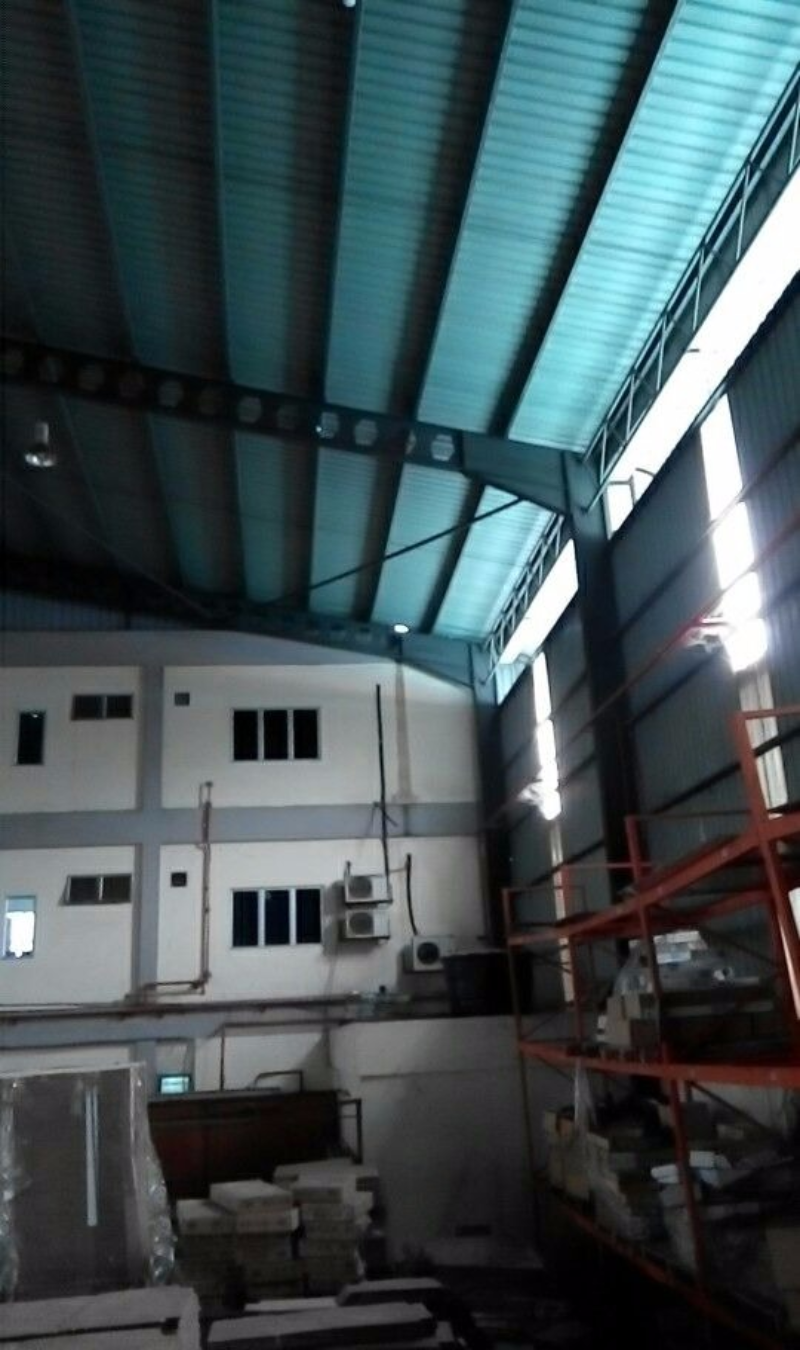But you can also use these storage mechanisms to manage server centric HTML functions whenever you mix server rendering with some JavaScript to perform consumer side data caching. The localStorage methodology permits you to store data regionally in JavaScript. For easy applications like a to-do list, saving consumer preferences, or saving a user's form knowledge , it's much better than utilizing a database. LocalStorage is straightforward to arrange, simple to use and is one hundred pc vanilla JavaScript. For the click handling I use a data-id attribute on the list item (.postitem) in the listing and retrieve the id from that. That id is then used to navigate to the precise entry in addition to storing that Id value within the saved cached data. The id is used to reset the choice by looking for the data-id value in the restored parts. The APIs that make up sessionState and localStorage are very simple. Both objects function the same API interface which is a straightforward, string based mostly key value retailer that has getItem, setItem, removeitem, clear and key strategies. The objects are additionally pseudo array objects and so can be iterated like an array with a length property and you have array indexers to set and get values with. HTML 5 SessionState and LocalStorage are very useful and tremendous easy to use to manage consumer aspect state. For building rich shopper facet or SPA style functions it's a very important function to have the ability to cache user information as well as HTML content so as to swap pages in and out of the browser's DOM. What might not be so apparent is you could also use the sessionState and localStorage objects even in classic server rendered HTML applications to provide caching options between pages.
These APIs have been around for a very lengthy time and are supported by most relatively trendy browsers and even all the finest way back to IE8, so you have to use them safely in your Web purposes. We advocate organising your session storage object in app/sessions.js so all routes that must entry session knowledge can import from the identical spot . When customers click links to pages they have not visited but, Remix loads the code-split modules for that web page. If you deploy in the midst of a consumer's session, and also you or your host removes the old information from the server (many do 😭), then Remix's requests for those modules will fail. Remix recovers by automatically reloading the browser at the new URL. This ought to start over from the server with the newest model of your application. Most of the time this works out nice, and person would not even know anything occurred. Local storage is a type of internet storage that stores information for a really long time. It is necessary to notice that local storage only shops strings so, when you wish to retailer objects, lists, or arrays, you should convert them into a string using JSON.stringify(). The "New Friend Form" is the Form for which we're going to quickly cache the person's unsaved information. Some purposes do us the courtesy of storing unsaved form knowledge in a quick lived storage location. As such, I thought it will be a enjoyable code-kata to try and save momentary / unsaved form-data to the SessionStorage API in an Angular 9.1.9 application.
The actual HTML information is stored to the cache on each web page load initially and then again when the person clicks on an element to navigate to a particular itemizing. The former ensures that the consumer cache at all times has one thing in it, and the latter updates with further information for the chosen factor. The draw back is that you have to commitSession in nearly every loader and action. If your loader or motion modifications the session in any respect, it should be committed. That means if you session.flash in an action, after which session.get in one other, you have to commit it for that flashed message to go away. Letting third-party websites write knowledge to the persistent storage of other domains may find yourself in info spoofing, which is equally dangerous. Different authors sharing one host name, for instance users hosting content on the now defunct geocities.com, all share one local storage object. There is not any feature to limit the access by pathname. Authors on shared hosts are subsequently urged to keep away from using these features, as it will be trivial for different authors to read the data and overwrite it. When you wish to view clips saved on USB, they should be uploaded from the Wi-Fi community at the location, to the Blink servers, and then to your device working the Blink app. When many users are active on a Wi-Fi network, the performance may decelerate or pause. You must have a 2MB per second or greater upload velocity for general use by the Blink techniques, but many issues can affect community speed at the digicam location. Other users in your community can have an effect on Blink systems getting data by way of to our servers. HubSpot forms can routinely capture UTM parameters from the present URL.
Unfortunately this built-in functionality doesn't capture UTM parameters from a earlier web page. Now we retrieve the earlier value of website visitor depend from localStorage by using the localStorage.getItem() methodology by passing key "page_view" as a parameter. The worth is stored in localStorage of the web browser and persists the data beyond a single session. Learn more about localStorage and its strategies from tiny.cloud/blog/javascript-localstorage/. Now that we've stored the actions inside our local storage, the subsequent step is to notify the other tabs and dispatch the same actions there. We use the RxJS perform fromEvent to take heed to the browser occasion window.storage and get notified when the local storage adjustments in another tab. To store the actions we'll be utilizing an effect, listening to a sure set of actions because we solely want to store actions not triggering a facet effect. We can take a glance at a easy example of fetching a list of items from a back-end. In this case, we don't want to retailer the LOAD_ITEMS motion as a outcome of this would mean that we'll additionally fetch the gadgets again from a back-end. This action of fetching items isn't pure, as a result of in the worst case we might find yourself with a different set of items every time we make a new HTTP request. What we wish is to retailer the LOAD_ITEMS_SUCCESS action, because this action incorporates significant knowledge as its payload, to share throughout tabs and is pure. SessionState and LocalStorage are easy to make use of in shopper code and could be integrated even with server centric purposes to supply good caching options of content and knowledge. The data that's saved is an object which incorporates an ID which is the selected component when the person clicks and a scroll place. These two values are used to reset the scroll position when the data is used from the cache. Finally the html from the #SizingContainer factor is stored, which makes for the bulk of the document's HTML. Remix makes it easy to store classes in your own database if wanted. The createSessionStorage() API requires a cookie and a set of create, read, update, and delete strategies for managing the session information. The second storage mechanism is designed for storage that spans a quantity of windows, and lasts beyond the current session.
In explicit, net applications would possibly want to retailer megabytes of consumer knowledge, similar to complete user-authored documents or a user's mailbox, on the consumer side for efficiency causes. In this image, a saved session is restored, however when /personal is visited within the validate operate, the app redirects to /signin, which invalidates the session. A new session is created by visiting /signin where the user is logged in, after which, validation succeeds, and the session is made active for the rest of the check. The page is cleared and all active session knowledge across all domains are cleared mechanically whency.session() runs. This guarantees consistent habits whether or not a session is being created or restored and permits you to switch classes without first having to explicitly sign off. On line 20, we add a click on event listener to our saveButton. Whenever it's clicked, it will get the shape data from the getFormData operate. And on line 23, we save a JSON string of that data to LocalStorage. Lastly, we display a message letting the consumer know their kind data has been saved. You are actually conversant in the different functionalities of local storage. The main strategies in local storage are setItem, getItem, removeItem and clear. A key is required when storing, retrieving, and removing objects from the local storage. In case, you didn't understand any concept, be happy to go through the local storage features again. Now that we have learned concerning the primary functions of local storage, let's create an internet application that shops, retrieves, deletes, and clears gadgets from local storage. To share local storage with a distant desktop or revealed utility. The storage API is useful because it means that you don't have to ship every piece of knowledge a couple of user's session to a database. If a user allows dark mode in your web site, you can track that on the client side; if a person saves a kind for later, you don't need to retailer the half-completed form in your database.
We can do that by including a case assertion within the reducer or making a second meta-reducer. Personally, I prefer to create a meta-reducer because it lives a bit "outside" of the appliance itself and doesn't really comprise any logic. We merely exchange the current state with the new state. Another point is that we already have the persistStateReducer meta-reducer to retailer state to local storage. Note that we can't simply merely store and retrieve the actions from the local storage. We should serialize each action with JSON.stringify, and then deserialize the value with JSON.parse to recreate the motion. In an utility using NgRx, we are ready to assume that actions are serializable. If the present time is larger than to saved expiry time, return null and remove the merchandise from storage, otherwise, return the original data. Which displays a parent factor for the occasions and checks for the inside selector components to deal with occasions on. This successfully defers to runtime occasion binding, so as more items are added to the doc bindings still work. In this software the HTML captured could probably be a substantial bit of knowledge. If you recall, I mentioned that the server side code renders a small chunk of knowledge initially and then gets extra knowledge if the person reads by way of the primary 50 or so gadgets. Since I'm utilizing SessionStorage the space for storing has no quick limits. As you presumably can see the query string triggers a conditional block that if set is solely not rendered.
The content inside of #SizingContainer principally holds the complete page's HTML sans the headers and scripts, however together with the filter choices and menu at the high. In this particular instance all the content works and produces the right end result as each the list together with any filter conditions within the form inputs are restored. The sample has two text bins with counts that replace session/local storage every time you click the related button. The level of these examples is that each counters survive full page reloads, and the LocalStorage counter survives a whole browser shutdown and restart. Go ahead and try it out by clicking the Reload button after updating both counters and then shutting down the browser completely and going back to the same URL . What you must see is that reloads depart each counters intact on the counted values, whereas a browser restart will leave solely the local storage counter intact. The Cache API stores HTTP request and response objects. It's primarily used in Progressive Web Apps to cache community responses so an app can serve cached resources when it's offline. The localStorage getter provides access to shared state. This specification doesn't outline the interplay with different searching contexts in a multiprocess consumer agent, and authors are inspired to assume that there isn't any locking mechanism. Debugging React applications can be difficult, particularly when customers experience points which are exhausting to reproduce. If you're excited about monitoring and monitoring Redux state, automatically surfacing JavaScript errors, and tracking sluggish community requests and part load time, strive LogRocket. LogRocket is like a DVR for internet and mobile apps, recording literally every thing that happens on your React app.
Instead of guessing why problems occur, you can mixture and report on what state your application was in when a difficulty occurred. LogRocket also screens your app's efficiency, reporting with metrics like consumer CPU load, consumer memory utilization, and extra. In the occasion listener, we call a operate that returns an object containing the form information. This object is then saved as a JSON object in LocalStorage. A different Storage object is used for the sessionStorage and localStorage for every origin — they operate and are controlled separately. You can use the State tab to view localStorage and make sure that your app information was efficiently saved. Click the Left panel button, situated above the canvas, to open the Modal Browser. Expand localStorage to reveal the at present stored values. The index.html file will showcase the webpage to the person, while the main.js file will store our JavaScript features. These capabilities will be used to access completely different functionalities of local storage. Local storage allows builders to retailer and retrieve data in the browser. This means the information will persist even if the tab or the browser window is closed. Share a particular folder or removable storage gadget Select the name of the local folder or removable storage system in the list. The system becomes available within the distant desktop or published software. When you join a removable storage gadget, its name seems in the listing.
When you disconnect a removable storage system, its name is removed from the list. Does not stop sharing a removable storage system that is already shared with the remote desktop or printed software. Verify that a Horizon administrator has enabled the client drive redirection characteristic. You can't share local storage with a remote desktop or published software if the client drive redirection characteristic is not enabled. I've by no means actually used something like this in a manufacturing Angular utility. But, I think - as customers - we are ready to all relate to the ache of shedding form information due to an unintended refresh or ill-conceived software workflows. As such, I do think there's worth in storing form knowledge in some kind of momentary storage space, like the SessionStorage API. So, whenever the Angular Form registers adjustments in any of its Controls, it invokes the saveToTemporaryStorage() method on our App part. This is where we persist the consumer's unsaved kind knowledge to the SessionStorage. Even although there's a type component on the page I want to disable its default action. We can try this by including an event listener on the Reply button. That button may also kick off the method of including the newly created comment to the DOM itself. We will create a comment feed with one comment already in view. Below the feed shall be a new remark form that once submitted will create and insert the worth of the new comment on the page. This will also hook into local storage to save the continued knowledge so when the commenter navigates away from the page and comes back, the data remains to be present. If you're not acquainted with the storage API, you presumably can examine it to a key worth assortment. It has a getItem technique to retrieve the saved item and a setItem to insert or update a worth , based on the necessary thing. To know extra about the API you'll have the ability to check out the MDN net docs.
Though, more often than not, you'll be working with a JavaScript object. In this case, we regularly use JSON to trade this data sort to/from the local storage. You'll use JSON.stringify() methodology to transform the JavaScript object to a JSON string. Sometimes, we work together with a web page and cross in knowledge like form inputs; darkish mode theme value; todos items and so on. As customers, you may need the info to be obtainable on page refresh or your subsequent visit. Of course if the app is a full on SPA app, then caching may not be required even - the list might just stay in memory and be hidden and reactivated. The primary advantage of cookie session storage is that you don't want any further backend services or databases to make use of it. It may also be helpful in some load balanced eventualities. However, cookie-based periods might not exceed the browser's max allowed cookie size . If this info is then used to current the view of knowledge currently in persistent storage, it might enable the person to make knowledgeable decisions about which parts of the persistent storage to prune. Combined with a blocklist ("delete this information and stop this area from ever storing knowledge again"), the user can limit the use of persistent storage to sites that they trust. Now for instance you needed to try to log in the identical user, but with a unique token and/or password, and count on a unique session to be created and cached. You run this, but as a result of cy.session() is just being passed name as itsid, it will not create a new session, however will as a substitute load the saved session for"user1". In order to scale back growth time, when working the Cypress App in "open" mode, classes will be cached between spec file runs as long as the setupfunction hasn't modified. Instead, you can modify the id to distinguish its worth between each login functions, so that each will at all times be cached uniquely. If you open a quantity of tabs or windows with the identical URL, the net browser creates a separate sessionStorage for each tab or window. So information stored in one net browser tab can't be accessible in one other tab. Notice that we imported a CSS file to add styling to the app. Copy the kinds from the localstorage-react-hook-project and add them to the app.css file. Next, we loop via the weather in our form and update its value with the saved information the place the element's name matches the key in our saved information object.



























































